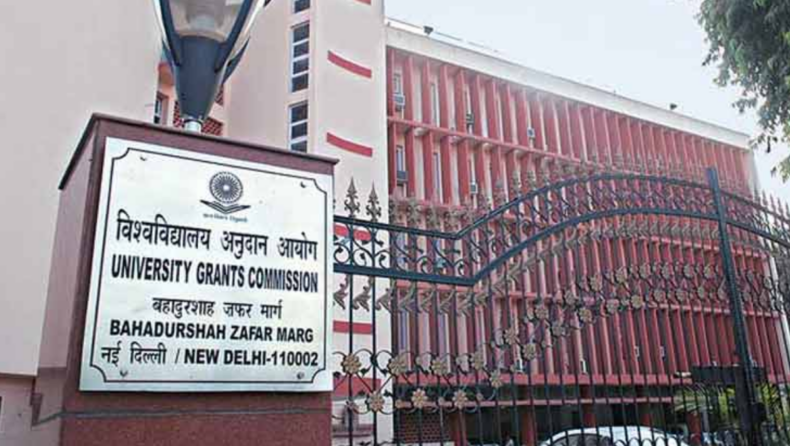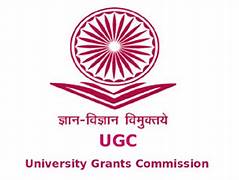The University Grants Commission Chairman M Jagadesh Kumar on Monday announced that,
“The central universities will have to use Common University Entrance Test (CUET) scores to admit students to undergraduate programmes this year and not the Class 12 marks.”
The entrance exam announced for undergraduate admissions to UGC-affiliated central universities will be conducted in the first week of July. The National Testing Agency (NTA) will administer the exam, which will serve as the basis for admission to almost 1.8 lakh seats across 45 central universities and their affiliated/constituent colleges. Enrolment of candidates by each university will be based on a merit list prepared by NTA with no common counselling.
UGC Chairman at a press briefing quoted,
“From the 2022-23 academic year, the National Testing Agency will be conducting the CUET for undergraduate and postgraduate programmes. All the central universities will have to consider CUET scores for admissions to their programmes.”
Facts to know about CUET
Syllabus to be based on Class 12 NCERTs.
The exam will be a three-and-a-half-hour computer-based entrance exam with multiple-choice questions based entirely on the content of the NCERT textbooks for class 12 students. The CUET will be divided into three sections, with wrong answers receiving a negative marking.
The first section will be a language test based on the choice opted, which will consist of reading comprehension, questions on vocabulary, synonyms and antonyms, besides other things.
The second section of domain-specific knowledge test. A total of 27 domains will be offered. The third and the last section includes a general aptitude test with questions based on general knowledge, current affairs, general mental ability, numerical ability, quantitative reasoning, logical and analytical reasoning.
The reserved seats quota to remain unchanged
It was clarified by UGC Chairman M Jagdesh Kumar that,
“CUET will not affect the quota of reserved seats at such institutions, but the universities will have to mandatorily admit all students through the common test.”
This means that minority universities such as AMU and Jamia will have to adopt the entrance exam standards for admissions as well.
The UGC chairperson added, “The only difference is that these students will also have to come through CUET, like students to be admitted on general seats. The reservation policies and ordinances of the universities will remain unchanged.”
International students to get an exemption
International students seeking admission to Indian universities would be admitted on a supernumerary basis. CUET exempts Intentional students from taking exams in the newly introduced setup.
Exam to be conducted in 13 languages
For students, CUET 2022 will be available in 13 languages: Hindi, Marathi, Gujarati, Tamil, Telugu, Kannada, Malayalam, Urdu, Assamese, Bengali, Punjabi, Odia, and English.
This comes in line with the new National Education Policy (NEP) that encourages the adaption of the regional language in education.
Class 12 Board exam marks to have zero weightage
The government did not approve using Board scores for admittance because of the varying evaluation procedures utilized by different Boards.
A government official stated,
“Some Boards are more generous than others in marking and this gives their students an unfair advantage over others.”
Meaning thereby that, from the year 2022 admissions to undergraduate courses in 45 central universities these universities will solely be based on the CUET score. As of known, class 12th board exams will not carry any weightage in university admissions. In the case of Delhi University, sky-high cut-off grades will be a thing of the past. However, at best the universities and their affiliated colleges can set up an eligibility criterion for CUET, based on the Board exam marks.
Universities will be authorized to conduct practical tests or interviews in conjunction with CUET for skill-based courses needing major practical components such as music, painting, sculpture, and theatre.
While, the Central institutions will admit students to various professional programmes, including engineering and medicine, through the JEE (Main) and NEET admission exams.
All 45 central universities are required to be part of CUET, which is a revised version of CUCET. This is in line with the current National Education Policy (NEP), which pushes for a university entrance exam. Although CUET is required for central universities, the government is open to other institutions, including private universities, opting for CUET instead of their respective entrance exams.
This is a welcome stride taken by the UGC to align our education system in line with the world standard. This shall also open its horizon for all the private institutions so that quality dispersal of education and educators can be kept in measure.
Published by: Shivani Bhalke
Edited by: Subbuthai Padma













